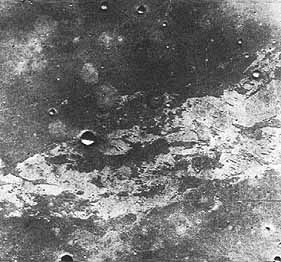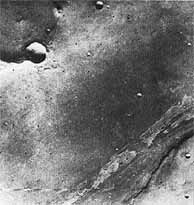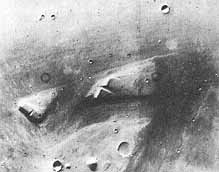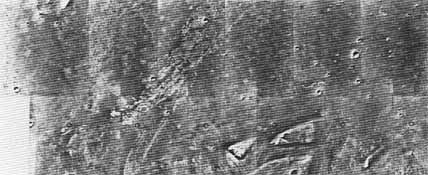- VIKING MISSION STATUS
REPORT
-
- 12:01 a.m., PDT, Sunday,
June 27,1976
-
- NASA has decided to delay
the Mars landing date beyond July 4, pending a further
investigation of likely sites on the Red
Planet.
-
- Project officials feel that
the terrain in the pre-selected landing area, called
Chryse, may be too hazardous. Orbiter photographs
taken during the past few days reveal a much more
cratered and rougher area than previously
shown.
-
- Officials want to study an
area to the northwest of the primary landing site,
called Chryse Phoenicia, which may be more suitable
than the previously selected site.
-
- A new landing date will be
selected in the next several days, depending on what
new information is revealed by further site
investigation, officials said.
-
- Additional details
concerning the rescheduled landing of Viking-I will be
discussed at a news briefing at the Viking News Center
at 9:00 a.m., POT, Sunday.
-
- Viking-1 has been orbiting
the planet since June 19, faking photographs of
potential landing sites.
|




















